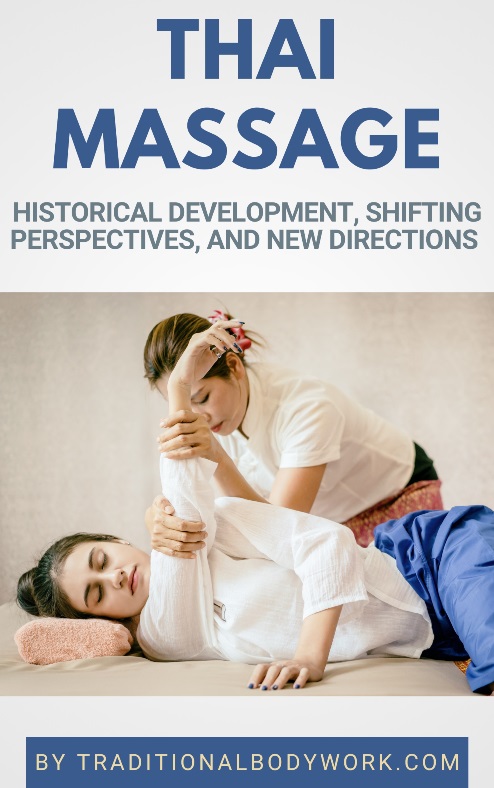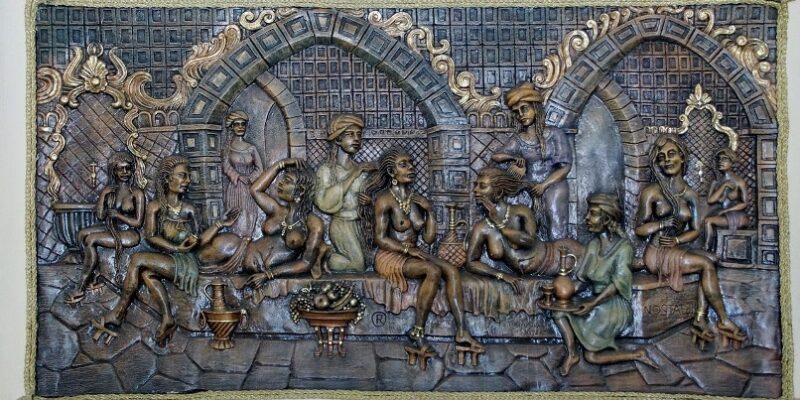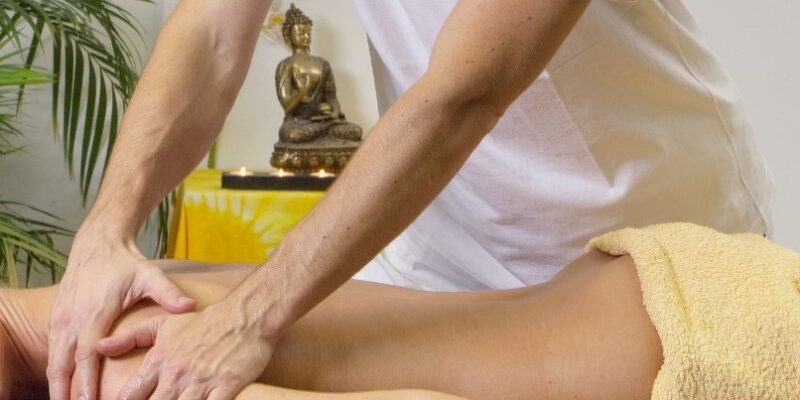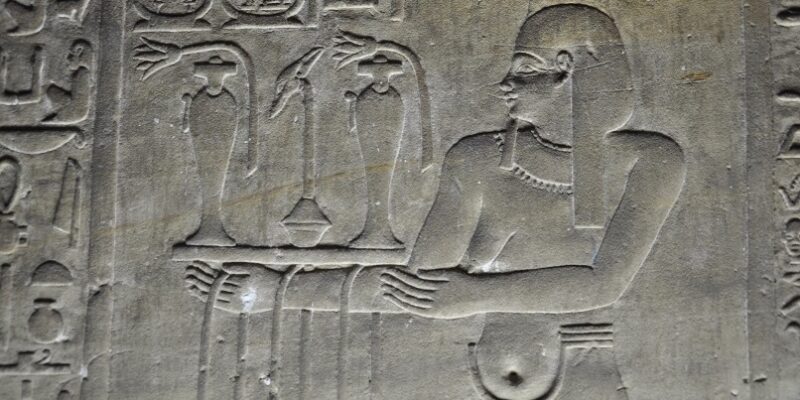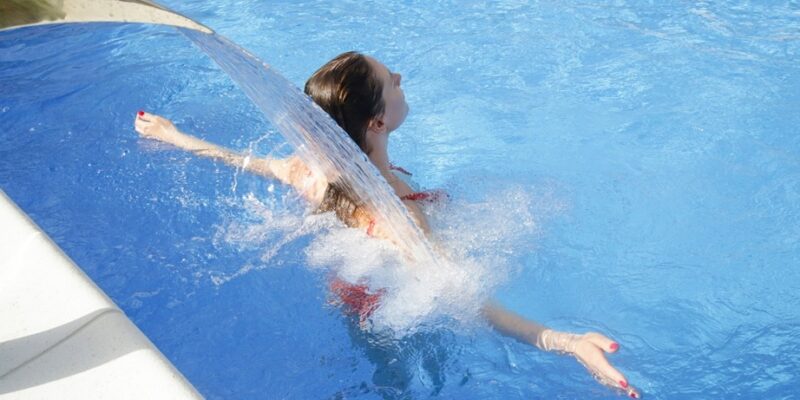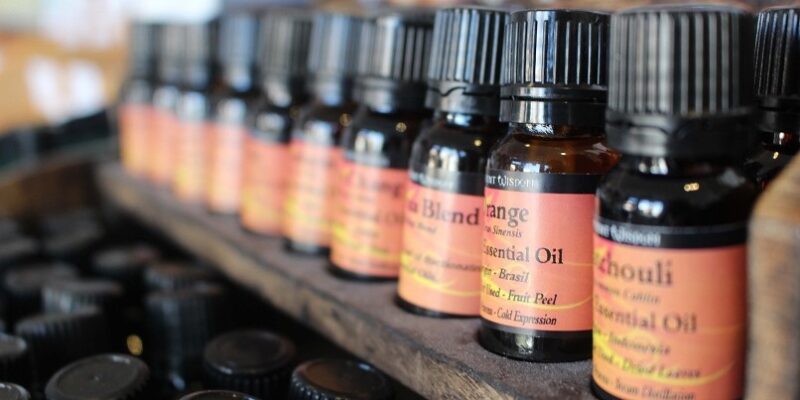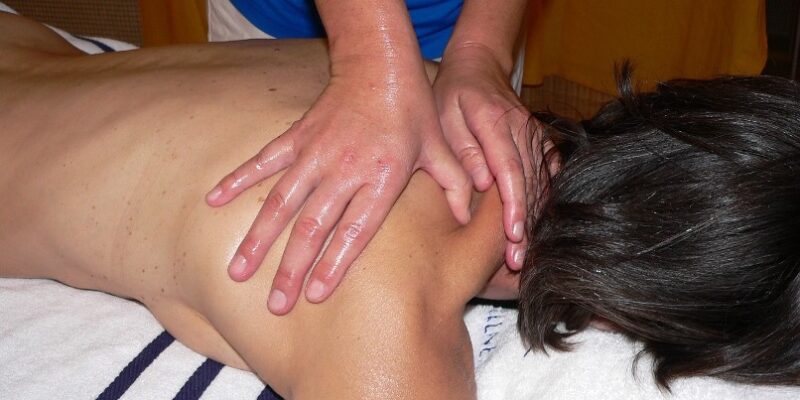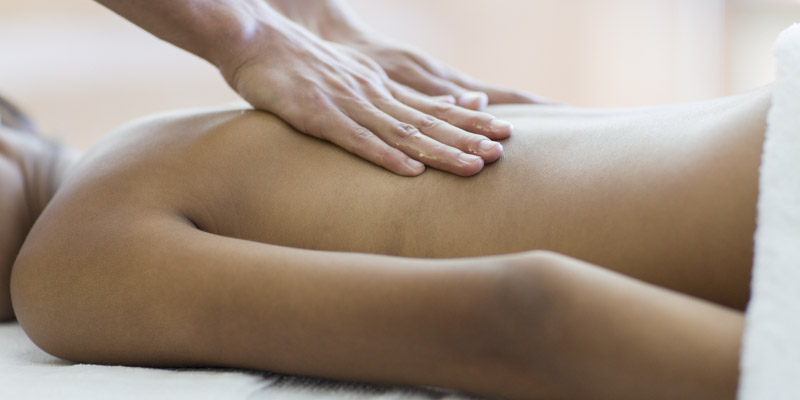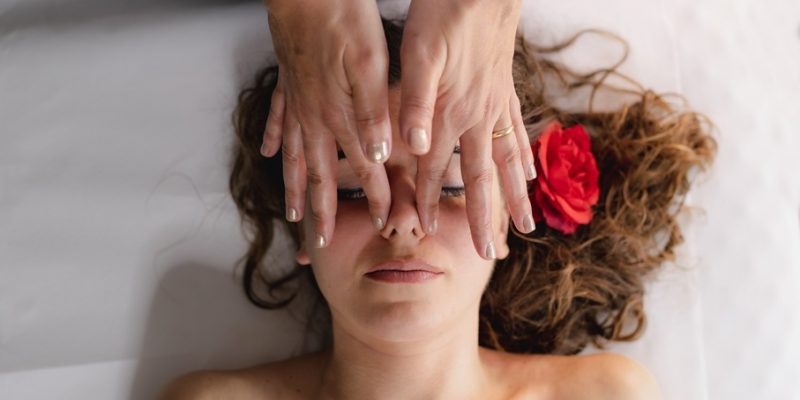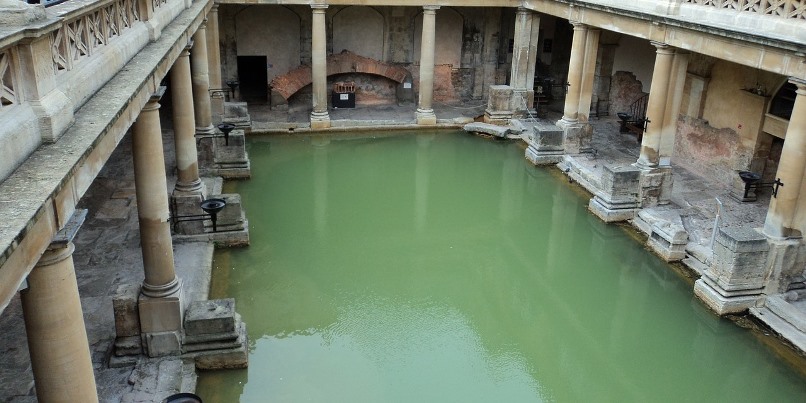
The first definite, complex records of massage therapies in the Roman Empire date from the period 200 BCE – 100 BCE, and are largely attributed to the Greek physician (and also philosopher and surgeon) Claudius Galenus (Galen) who lived in the Roman Empire.
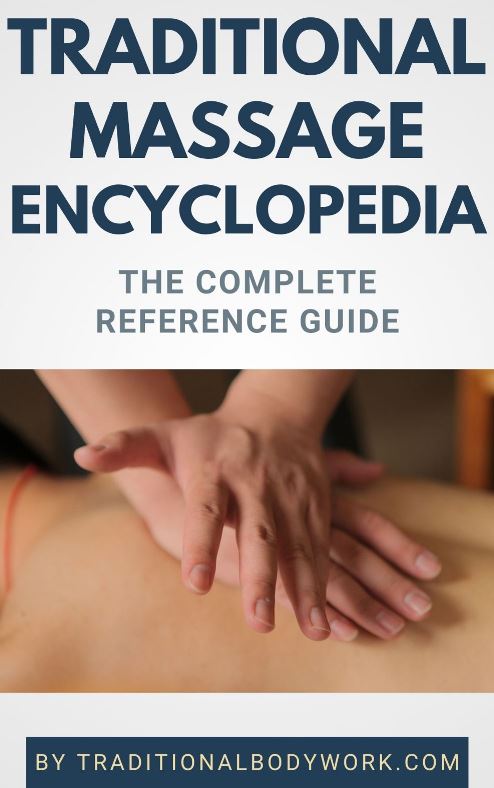
Nevertheless, in his writings, Galen refers to works about massage dating as far back as the 5th century BCE, referring also to the famous Greek physician Hippocrates, who in the West, until today, is considered the “Father of Medicine.”
Galen meticulously started describing massage methods and techniques, while using massage therapy to treat a variety of physical injuries and illnesses, following the credo, like Hippocrates before him, that “healthy nutrition, exercise, rest and massage are essential elements to maintaining and restoring health.”
One could say that Galen systematized massage therapy by recognizing that massages can be applied in various ways for the solution of a range of ailments, using a variety of techniques depending on the pathological situation.
The following citation from one of Galen’s works on massage gives a bit the idea of the extend of his proceedings:
“The body must be warmed up so that its fibers are ready to receive the beneficial effects transmitted by the oil, through repeated gestures, of medium intensity and speed. When the skin turns red — which indicates good health — the person carrying out the massage must place their hands on the person, without forcing the body into a position that is unnatural. They must work slowly first, then with increasing strength, in order to exert pressure once or twice in every single part of the body. The massage must be balanced, neither all directed upwards, nor all downwards, but in a balanced way, with oblique, transverse, straight and sub-transverse movements.”
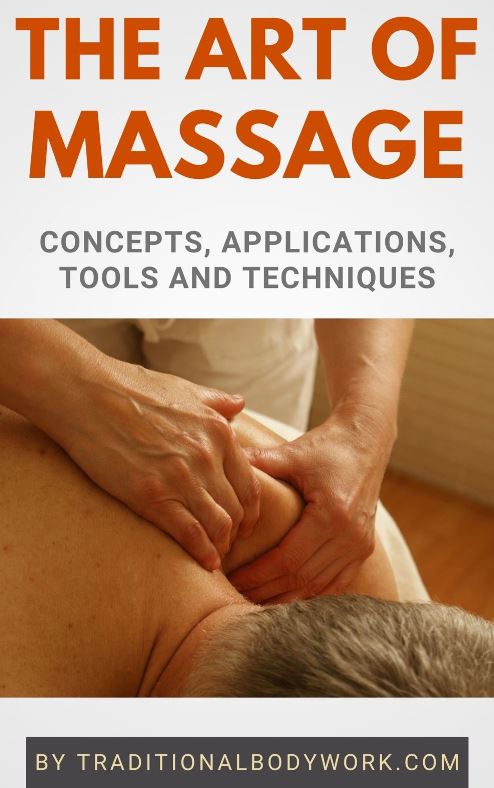
Nevertheless, massage was certainly not an exclusive practice of Galen alone. The Romans had their full body relaxing massages in the well-known public bathhouses, the so-called Thermae or Balneae. In fact, the Romans copied many of the earlier Greek bathhouse practices. Each Roman city had at least one bathhouse, but, to give an illustration of the popularity of these facilities: in the 5th century CE, there were 856 bathhouses in Rome alone.
These communal Roman bathhouses (for both men and women) resemble a bit our contemporary wellness day spas, and were places of bathing, massage, socializing, meetings, reading, eating, exercise, and whatnot. By the way, wealthy Romans had their own private bathhouses.
Being also the predecessor of the later Arabic Hammam, the bathhouses contained pools, warm rooms, hot rooms with steam or dry heat, and cold rooms, and of course, massage treatment options.
Noteworthy detail: it seems that the massage treatments in Roman bathhouses were usually given by professional masseurs who were often trained slaves. Wealthy Romans would sometimes even bring their own slaves to carry their personal belongings, and to scrape, oil and bathe them, and give massage.

